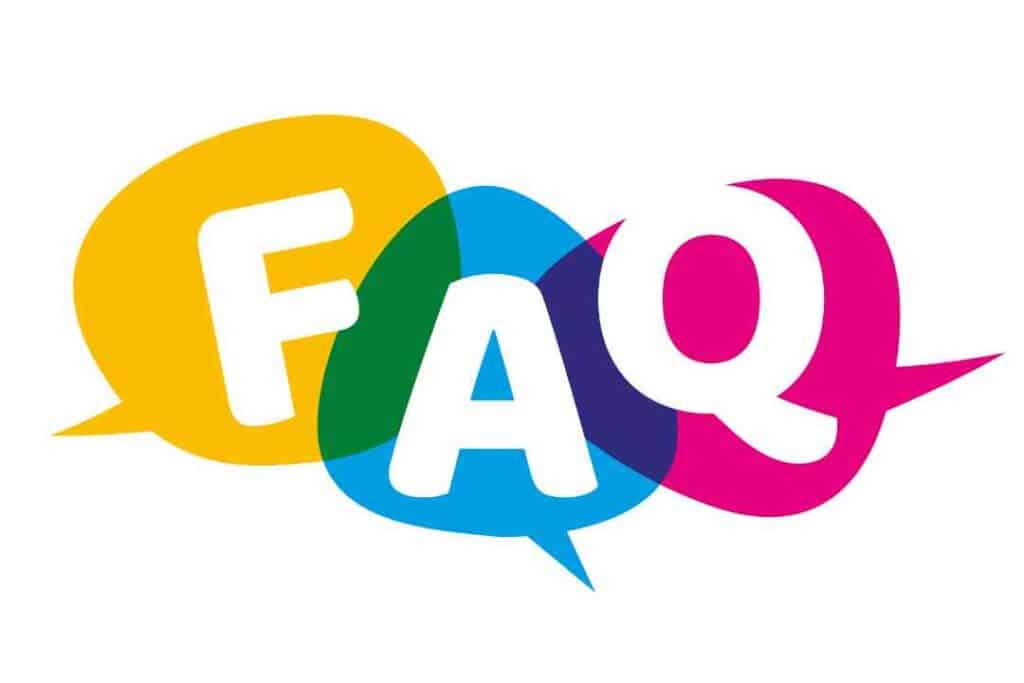Understanding Customer Habits with Predictive Analytics

As businesses strive to stay ahead in today’s competitive market, understanding customer habits has become crucial. By gaining insights into customer behavior, businesses can make informed decisions and tailor their strategies to meet customer needs. One powerful tool that has revolutionized the way businesses understand customer habits is predictive analytics. In this article, we will explore the concept of predictive analytics, its benefits, and how businesses can leverage it to gain a competitive edge.
What is Predictive Analytics?
Predictive analytics is the practice of extracting information from historical data to predict future outcomes and trends. It involves using statistical algorithms and machine learning techniques to analyze large datasets and identify patterns, correlations, and trends. By understanding these patterns, businesses can make accurate predictions about customer behavior and make data-driven decisions.
The Benefits of Predictive Analytics
Predictive analytics offers several benefits to businesses, including:
- Improved Customer Segmentation: By analyzing customer data, businesses can segment their customers into different groups based on their preferences, behaviors, and characteristics. This allows businesses to create targeted marketing campaigns and personalized experiences for each segment.
- Enhanced Customer Retention: Predictive analytics can help businesses identify customers who are at risk of churning. By understanding the factors that contribute to customer churn, businesses can take proactive measures to retain these customers, such as offering personalized discounts or improving customer service.
- Optimized Pricing Strategies: By analyzing historical sales data and market trends, businesses can predict how customers will respond to different pricing strategies. This allows businesses to optimize their pricing models and maximize revenue.
- Improved Inventory Management: Predictive analytics can help businesses forecast demand for their products, allowing them to optimize inventory levels and avoid stockouts or overstocking.
- Effective Cross-Selling and Upselling: By analyzing customer purchase history and behavior, businesses can identify opportunities for cross-selling and upselling. This enables businesses to offer relevant products or services to customers, increasing their average order value.
Case Study: Amazon
One of the most successful examples of leveraging predictive analytics is Amazon. The e-commerce giant uses predictive analytics to personalize the customer experience and drive sales. Amazon’s recommendation engine analyzes customer browsing and purchase history to suggest relevant products to each customer. This personalized approach has significantly contributed to Amazon’s success, with a reported 35% of its revenue coming from personalized recommendations.
How to Leverage Predictive Analytics
Now that we understand the benefits of predictive analytics, let’s explore how businesses can leverage this powerful tool:
1. Collect and Clean Data
The first step in leveraging predictive analytics is to collect and clean relevant data. Businesses should gather data from various sources, such as customer interactions, sales transactions, and website analytics. It is essential to ensure the data is accurate, complete, and free from errors or duplicates.
2. Define Objectives
Businesses should clearly define their objectives and the specific questions they want to answer using predictive analytics. For example, a business may want to predict customer churn or identify the most profitable customer segments. Defining objectives helps focus the analysis and ensures actionable insights.
3. Choose the Right Tools and Techniques
There are various tools and techniques available for predictive analytics, ranging from simple statistical models to complex machine learning algorithms. Businesses should choose the right tools and techniques based on their objectives, data availability, and resources. It is also important to regularly update and refine the models as new data becomes available.
4. Analyze and Interpret Results
Once the data is analyzed using predictive analytics techniques, businesses need to interpret the results and derive actionable insights. This involves understanding the patterns, correlations, and trends identified by the models and translating them into meaningful business strategies.
5. Implement and Monitor
After deriving insights from predictive analytics, businesses should implement the recommended strategies and monitor their effectiveness. It is important to continuously track and measure the impact of predictive analytics on key performance indicators to ensure ongoing success.
Get Your FREE 14-Day Trial and Take Your Business To The Next Level with an All-In-One Sales and Marketing Platform for businesses, agencies and marketers.
Predictive analytics is a powerful tool that enables businesses to understand customer habits and make data-driven decisions. By leveraging predictive analytics, businesses can improve customer segmentation, enhance customer retention, optimize pricing strategies, improve inventory management, and drive cross-selling and upselling. Amazon’s success with personalized recommendations is a testament to the effectiveness of predictive analytics. To leverage predictive analytics effectively, businesses should collect and clean relevant data, define clear objectives, choose the right tools and techniques, analyze and interpret results, and implement and monitor strategies. By incorporating predictive analytics into their decision-making processes, businesses can gain a competitive edge and better serve their customers.
Visit https://SaasExpert.ca – Your All-In-One Sales and Marketing Platform for small businesses, agency owners, and marketers.
Frequently asked questions about Understanding Customer Habits with Predictive Analytics.

What is the essence of predictive analytics in understanding customer behavior? 🤔
Predictive analytics is a potent technique that, when seamlessly integrated with the right marketing strategies, can efficiently predict consumer habits. It’s based on behavior modeling, which employs statistical significance to evaluate customers’ historical data, aiming to deduce potential future actions. By understanding these patterns, businesses can tailor their strategies to better cater to their customers’ needs and preferences. 📊✨
Why is it crucial to understand customer behavior through predictive analytics? 🧠
Grasping customer behavior is paramount for offering an enhanced customer experience and bolstering customer loyalty. Predictive analytics provides insights into past behaviors, patterns, and trends, allowing businesses to anticipate future actions. This foresight enables companies to craft personalized marketing strategies, ensuring they resonate with their target audience and foster lasting relationships. 🎯📋
How does data science play a role in predicting customer habits? 💡
Data science, coupled with advanced analytics, holds immense potential in predicting customer habits. It delves beyond merely describing consumer behavior. Instead, it focuses on predicting how consumers will behave in the future based on accumulated data. The success of these predictions heavily relies on addressing specific challenges and ensuring the data’s accuracy and relevance. 🚀🔮
Can data analytics help in tracking customer behavior and preferences? 🌟
Absolutely! Customer behavior and preferences can be meticulously analyzed using data analytics. Through this method, businesses can identify distinct customer segments, understand their unique needs, and tailor their offerings accordingly. This not only enhances the customer experience but also drives higher engagement and loyalty. 📈🔍
How does predictive analytics revolutionize customer experience (CX)? 🚀
Predictive analytics plays a pivotal role in revolutionizing CX. It identifies patterns and trends in customer behavior, predicts future customer actions, and helps in strategizing for improved customer interactions. By analyzing customer behavior patterns and personalizing the customer experience, businesses can significantly boost their CX, ensuring they meet and exceed customer expectations. 💼🌐
- crm
- customer relationship management
- Understanding Customer Habits with Predictive Analytics
- What is CRM Software?






